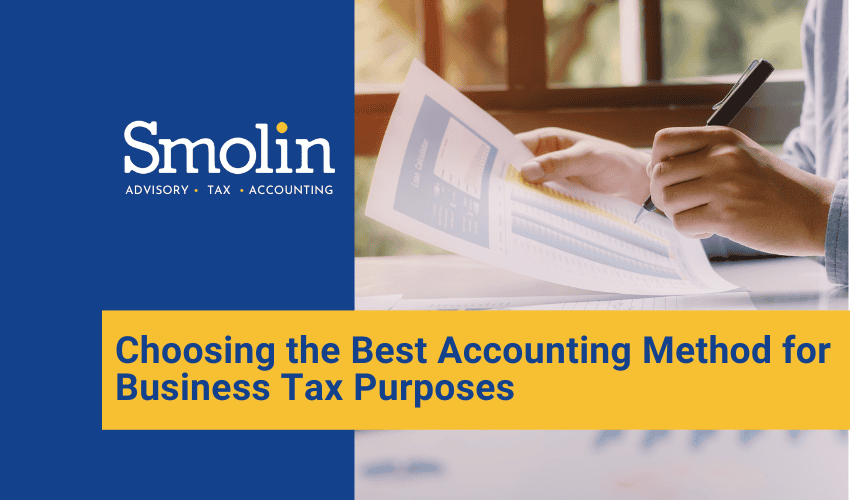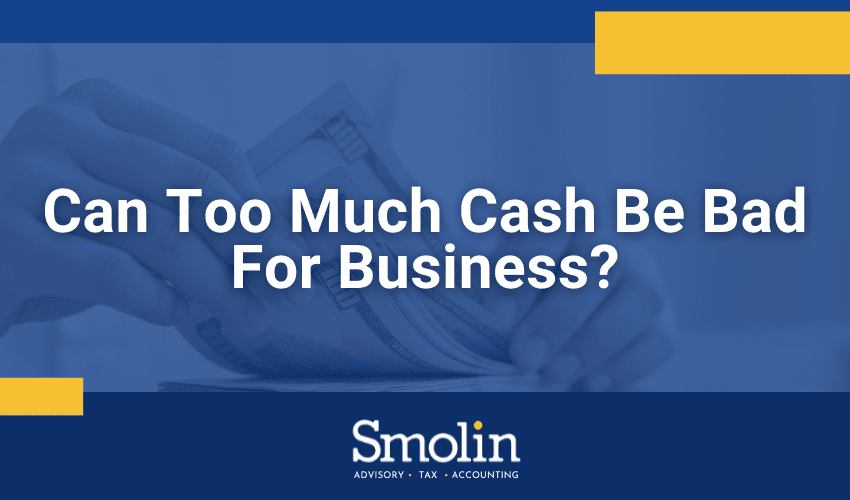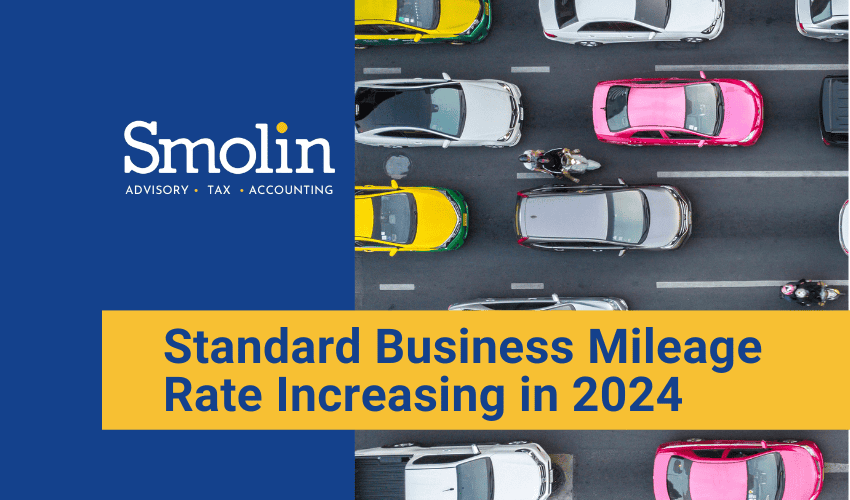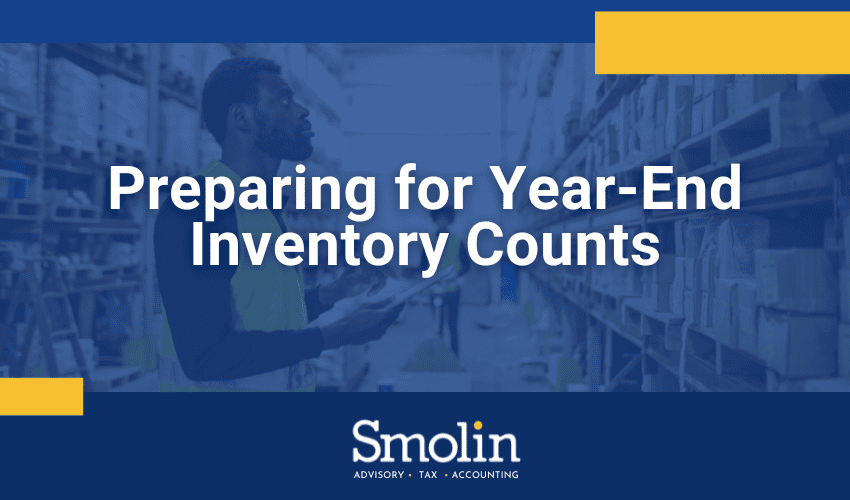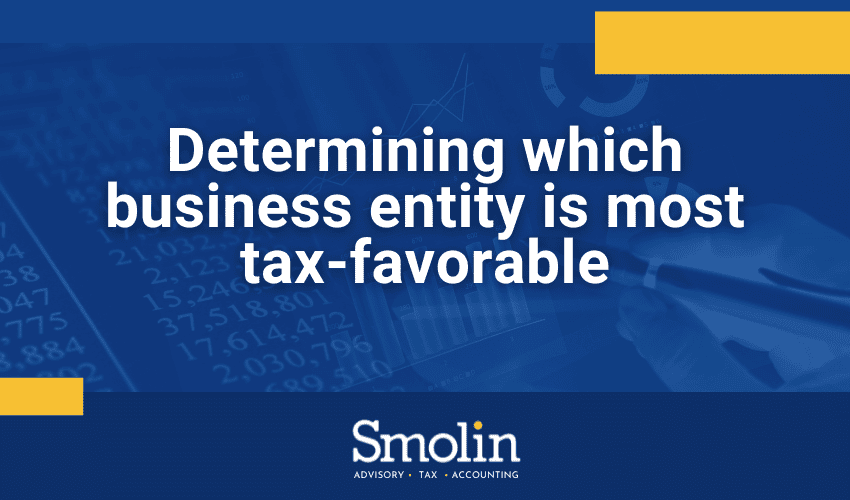Businesses categorized as “small businesses” under the tax code are often eligible to use accrual or cash accounting for tax purposes. Certain businesses may be eligible to take a hybrid approach, as well.
Prior to the implementation of the Tax Cuts and Jobs Act (TCJA), the criteria for defining a small business based on gross receipts ranged from $1 million to $10 million, depending on the business’s structure, industry, and inventory-related factors.
By establishing a single gross receipts threshold, the TCJA simplified the small business definition. The Act also adjusts the threshold to $25 million for inflation, which allows more companies to take advantage of the benefits of small business status.
In 2024, a business may be considered a small business if the average gross receipts for the three-year period ending prior to the 2024 tax year are $30 million or less. This number has risen from $29 million in 2023.
Small businesses may also benefit from:
- Simplified inventory accounting,
- An exemption from the uniform capitalization rules, and
- An exemption from the business interest deduction limit.
What about other types of businesses?
Even if their gross receipts are above the threshold, other businesses may be eligible for cash accounting, including:
- S-corporations
- Partnerships without C-corporation partners
- Farming businesses
- Certain personal service corporations
Regardless of size, tax shelters are ineligible for the cash method.
How accounting methods differ
Cash method
The cash method provides significant tax advantages for most businesses, including a greater measure of control over the timing of income and deductions. They recognize income when it’s received and deduct expenses when they’re paid.
As year-end approaches, businesses using the cash method can defer income by delaying invoices until the next tax year or shift deductions into the current year by paying expenses sooner.
Additionally, the cash method offers cash flow advantages. Since income is taxed when received, it helps guarantee that a business possesses the necessary funds to settle its tax obligations.
Accrual method
On the other hand, businesses operating on an accrual basis recognize income upon earning it and deduct expenses as they are incurred, irrespective of the timing of cash receipts or payments. This reduces flexibility to time recognition of expenses or income for tax purposes.
Still, this method may be preferable for some businesses. For example, when a company’s accrued income consistently falls below its accrued expenses, employing the accrual method could potentially lead to a reduced tax liability.
The ability to deduct year-end bonuses paid within the first 2 ½ months of the next tax year and the option to defer taxes on certain advance payments is also advantageous.
Switching accounting methods? Consult with your accountant
Your business may benefit by switching from the accrual method to the cash method or vice versa, but it’s crucial to account for the administrative costs involved in such a change.
For instance, if your business prepares financial statements in accordance with the U.S. Generally Accepted Accounting Principles, using the accrual method is required for financial reporting purposes. Using the cash method for tax purposes may still be possible, but you’ll need to maintain two sets of books, the administrative burden of which may or may not offset those advantages.
In some cases, you may also need IRS approval to change accounting methods for tax purposes. When in doubt, contact your Smolin accountant for more information.
